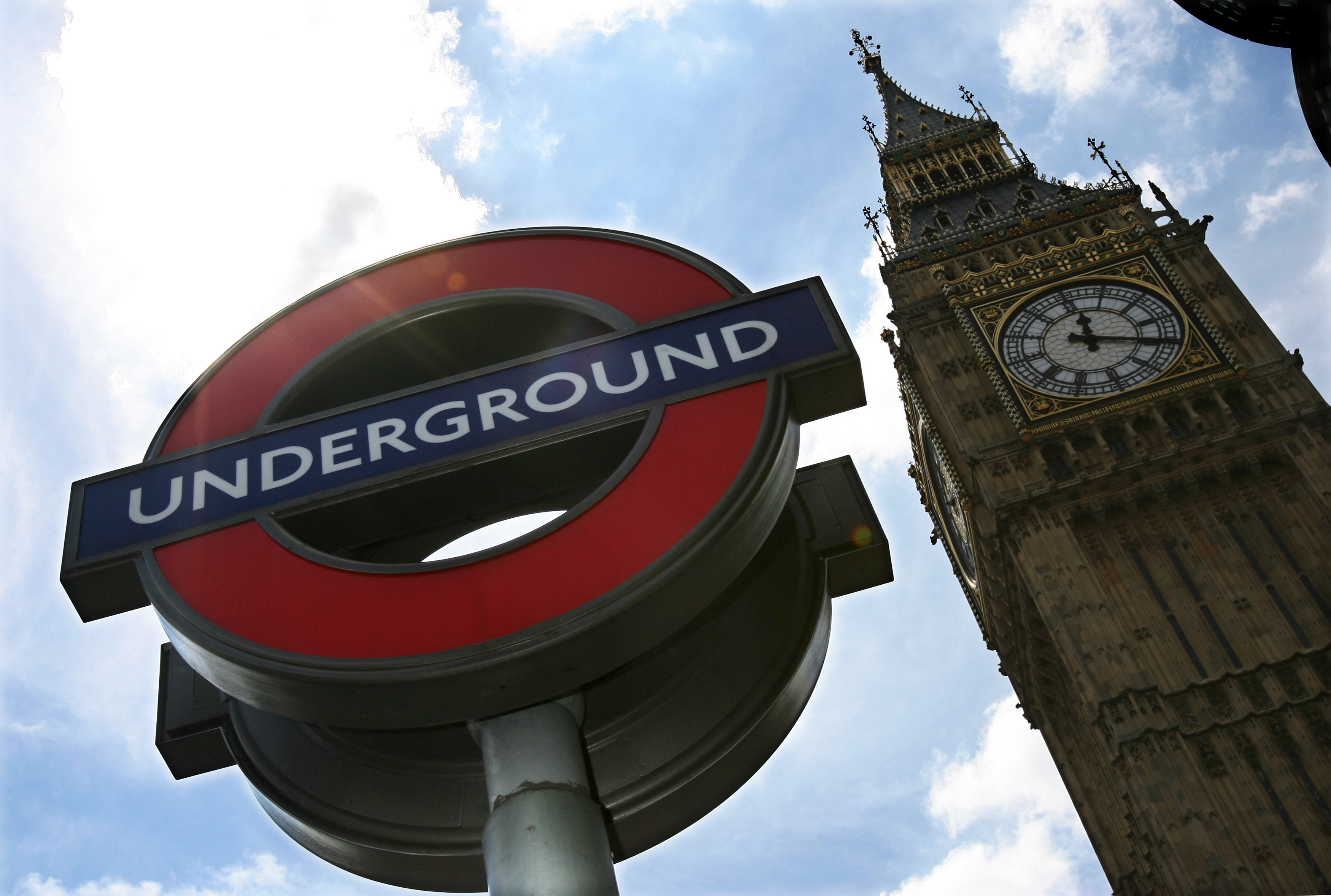There’s no denying that London’s Tube system is pretty efficient. Hosting five million journeys a day, its busiest lines manage 36 trains an hour at peak times. That’s a train every 100 seconds.
Some lines, however, are currently running a service that, by London standards, is a little threadbare. The busy Piccadilly Line, for example, manages just 24 trains an hour, a rate that no doubt seems irreproachable when viewed from the beleaguered public transit systems of New York or Washington, but actually risks creating serious congestion. This week, London finalized a remedy to this relative slow down: a batch of 250 new trains added to its rolling stock. When coupled with an upgrade to the signaling system, this should enable London’s four “Deep Tube” lines—which run through more deeply excavated tunnels—to increase their capacity by 10 trains an hour. The cost: a not insignificant £1.5 billion ($2 billion).
These trains, the first 94 of which have recently been commissioned from Siemens for London’s Piccadilly Line, will be a little more spacious than some older models. Starting service in 2023, they have a carriage-less layout, already in service in other parts of London’s public transit network, that enables passengers to walk from end to end and spread out more efficiently. They will also be the first Tube trains running deep below surface level to possess proper air conditioning, long overdue in a city where sweltering, stuffy trains have been a perennial summer scandal.
They won’t be replacements for existing trains though; they’ll run alongside existing stock, meaning that, by 2035, the four lines will be able to increase their capacity by 35 percent. The £1.5 billion allotted to commission these trains sounds pretty generous, but they’re not a mere bonus—they’re badly needed. Without them, London’s Tube network might well be on a fast-track to meltdown.
That’s because London is growing quickly. Having reached an estimated all-time high of 8.8 million residents within its official limits this year, the city is predicted to house another 1.5 million residents by 2029. Many of these new residents will be using a transit system that’s already congested—and doesn’t necessarily have much space to expand into. Because while there is some pride in possessing the world’s first subway system, the sheer age means that the tunnels are antique and already fit London’s narrow trains like a glove.

Take the city’s Northern Line, for example. With its initial section launched in 1890, this was London’s first “deep tube” line—a deeply excavated tunnel as opposed to the cut-and-cover subway lines that were constructed just below ground from 1863 onwards. When the Northern Line was built, it was designed to run on what was a pretty speculative, out-there form of technology: electric trains. (At that time, they only possessed enough power to pull three carriages at once.) Given the expense of excavating the line—and a lack of foresight about the future need for greater capacity—these tunnels were bored to be no wider than necessary to fit the trains, a habit that has largely continued.
Even today, the standard view from a London tube window is a wire-packed, grimy wall barely a few inches beyond the glass. As a result, London’s tube trains have to remain pretty slender, without even space for air conditioning units. The only people this cramped, airless situation pleases are deodorant manufacturers. And just as the tunnels are narrow, so are many of the platforms. In periods of strain, some stations must resort to temporarily barring entry until the crowds thin out.
In a system with these spatial limits, it’s essential to keep services as regular as possible. Canceling a single train can throw the whole system into heavy congestion. This is the most important reason for ordering the new trains. They’re not absolutely necessary to speed up travel, but they’re a form of vacuum cleaner that sucks passengers off the platform, ensuring the system stays fluid at rush hour.
The new trains alone aren’t the only attempt to meet growing demand. In fact, they’ve barely registered in London’s news cycle, mainly because the city is awaiting the arrival of the huge East-West Crossrail line, a heavy rail link joining the city with its exurbs. It’s hoped that this new link will soak up a lot of commuter traffic, because its large number of city-center stops will save exurban passengers from having to transfer onto the Tube to reach their final destination. This new link may end up getting close to capacity soon after it launches, just as London’s extra trains will no doubt see heavy footfall from the moment they enter service. But while expanding to meet demand is a constant struggle, at least London is taking action on a grand scale.
This story originally appeared on CityLab, an editorial partner site. Subscribe to CityLab’s newsletters and follow CityLab on Facebook and Twitter.





